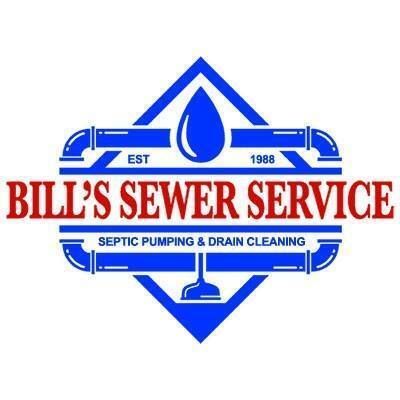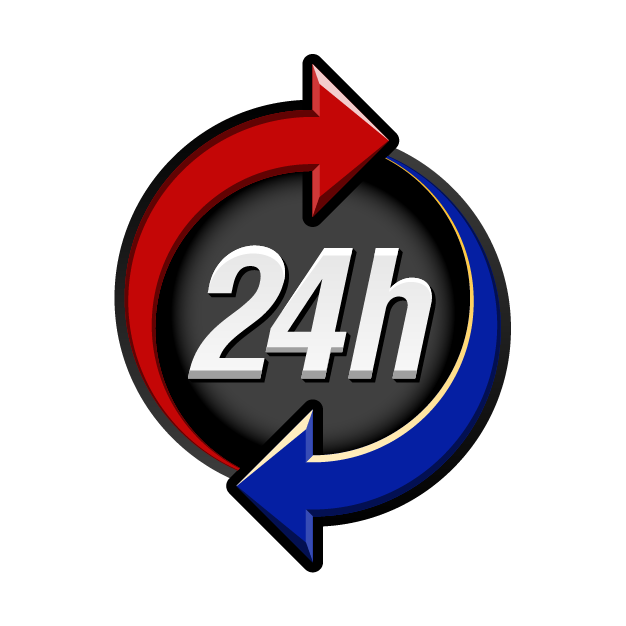
You’re buying a new home! Congratulations! Have you ever lived in a home with a septic tank system? While many homes are connected to municipal sewer systems from the city, a significant number of homes rely on private septic systems, especially in rural or semi-rural areas. You qualify under that category if you live in Idaho's Magic Valley.
It is important that, as a new and proud homeowner and a septic system, you understand how septic tanks work and how to manage them. Bill’s Sewer and Drain Service is here to educate and help you to take care of your system and understand why septic tank inspections matter and what red flags to watch out for.

